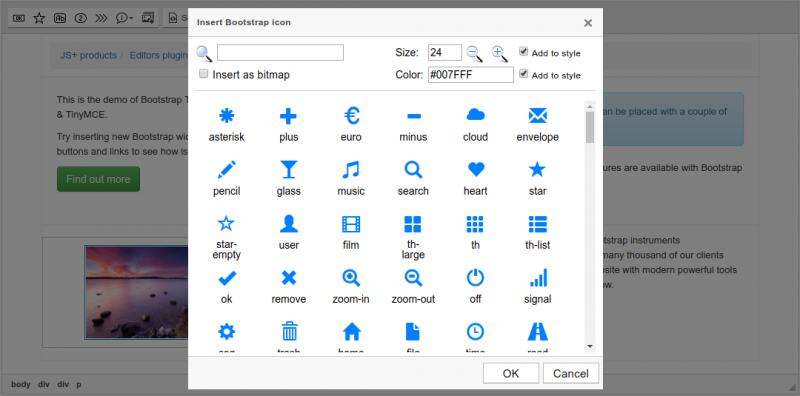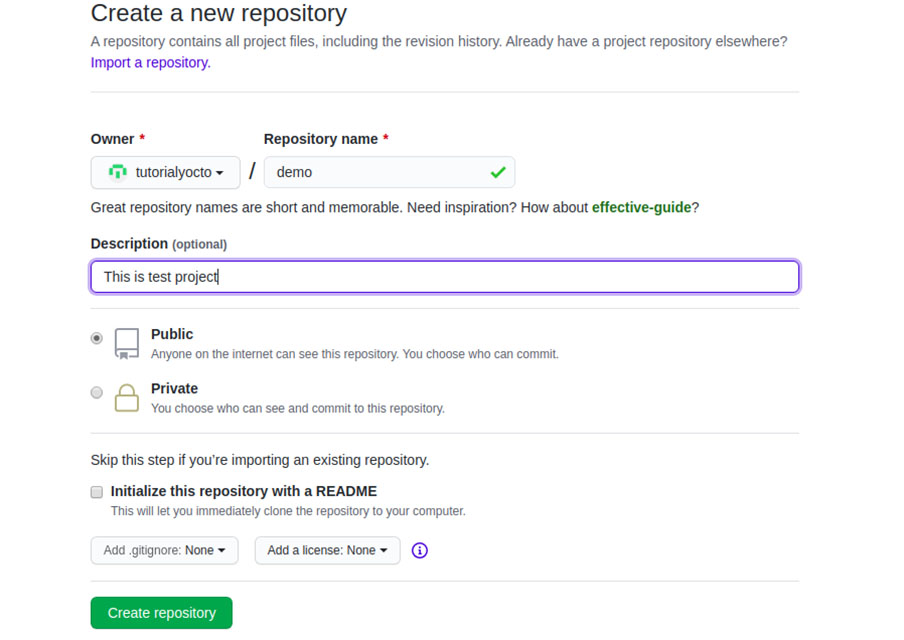

- Instructions for using github losslesscut manual#
- Instructions for using github losslesscut software#
The previous retry logic was overly aggressive: it used to retry on almost all errors, even unrecoverable ones, e.g., INVALID_FILE_META_DATA. RATE_LIMIT_REACHED now only automatically retries five times.

Transloadit.addStream('file2', process.stdin) Transloadit.addFile('file1', '/path/to/file') Replaced constructor options useSsl and service with endpoint:ĪddFile and addStream have been removed and are instead part of createAssembly: // Before:.Now returns from waitForCompletion with the Assembly result instead of throwing an unknown error if result.ok is ASSEMBLY_CANCELED or REQUEST_ABORTED.
 Increase default request timeout from 5 to 60 seconds. Please use the fields key inside params instead.Ĭhanged createAssembly progress callbacks: // Before: Removed the undocumented fields option (directly under createAssembly(opts)). deleteAssembly renamed to cancelAssembly to reflect the underlying API's terminology. +await replayAssemblyNotification(assemblyId, params) replayAssemblyNotification(opts, callback) replayAssemblyNotification(opts) changed to replayAssemblyNotification(assemblyId, params) (previously assemblyId was a key inside opts):. +await replayAssembly(assemblyId, params) replayAssembly(opts) changed to replayAssembly(assemblyId, params) (previously assemblyId was a key inside opts):. All previous callback-accepting methods now return a promise and do not accept a callback. We tried to keep the API similar to the previous version, but there are a few changes you need to be aware of. Easier to debug and read internal async codeīecause this release contains breaking API changes, we have taken the opportunity to also do some major refactoring and stabilization to our SDK. Improved error handling and retry logic. Allows uploading Streams, strings and more. With our latest rebuild, it meant that we needed to release a new major version with breaking changes, but we hope you agree it was worth it! You can still use callbacks, but you would need to callbackify the methods yourself. To keep up with standards, we have rewritten the SDK to use those new features by default. These days, developers love the simplicity of the new features that modern-day JavaScript brings to the table, such as Promises or the await and async functions. Since then, the SDK has drastically evolved, but so has the JavaScript language as a whole. It has been almost seven years since we first announced our Node.js SDK. At Transloadit, Mikael works on modernizing our JS stack and adding many awesome features. Check out his website for some of his amazing work. Apart from being a creative force on the digital plane, Mikael is also an avid outdoorsman who enjoys hiking, exploring and photographing the wonderful world around us. In his continued quest to improve the selection and quality of open source apps out there, he has already created various cool projects like LosslessCut, editly, and SimpleInstaBot.
Increase default request timeout from 5 to 60 seconds. Please use the fields key inside params instead.Ĭhanged createAssembly progress callbacks: // Before: Removed the undocumented fields option (directly under createAssembly(opts)). deleteAssembly renamed to cancelAssembly to reflect the underlying API's terminology. +await replayAssemblyNotification(assemblyId, params) replayAssemblyNotification(opts, callback) replayAssemblyNotification(opts) changed to replayAssemblyNotification(assemblyId, params) (previously assemblyId was a key inside opts):. +await replayAssembly(assemblyId, params) replayAssembly(opts) changed to replayAssembly(assemblyId, params) (previously assemblyId was a key inside opts):. All previous callback-accepting methods now return a promise and do not accept a callback. We tried to keep the API similar to the previous version, but there are a few changes you need to be aware of. Easier to debug and read internal async codeīecause this release contains breaking API changes, we have taken the opportunity to also do some major refactoring and stabilization to our SDK. Improved error handling and retry logic. Allows uploading Streams, strings and more. With our latest rebuild, it meant that we needed to release a new major version with breaking changes, but we hope you agree it was worth it! You can still use callbacks, but you would need to callbackify the methods yourself. To keep up with standards, we have rewritten the SDK to use those new features by default. These days, developers love the simplicity of the new features that modern-day JavaScript brings to the table, such as Promises or the await and async functions. Since then, the SDK has drastically evolved, but so has the JavaScript language as a whole. It has been almost seven years since we first announced our Node.js SDK. At Transloadit, Mikael works on modernizing our JS stack and adding many awesome features. Check out his website for some of his amazing work. Apart from being a creative force on the digital plane, Mikael is also an avid outdoorsman who enjoys hiking, exploring and photographing the wonderful world around us. In his continued quest to improve the selection and quality of open source apps out there, he has already created various cool projects like LosslessCut, editly, and SimpleInstaBot. Instructions for using github losslesscut software#
His love of making new things is rooted in the strong belief that software should be available to everyone.
Instructions for using github losslesscut manual#
Please refer to the ffmpeg manual about -ss option.Mikael is a software creator and consultant from Oslo, Norway. mpv) skip them directly to the first keyframe. (Maybe this is the issue you're experiencing now.) Some players just show the first keyframe in place of these non-playable frames. In this case, ffmpeg decodes but discards input until the timestamps reach the cut position.īut since GOP structure is preserved in stream copy cut, this leaves a problem of non-playable frames between the cut point and the first keyframe in the output clip. NC puts -ss as an output option in ffmpeg. But the nominal running time and the actual running time may be different depending on players. This does not cause problems in most players (except mpv), because they skip negative PTS frames and start playing at the cut point. In Lossless Cut, KC puts -ss as an input option in ffmpeg.īut since it is not possible to seek exactly in most formats, ffmpeg will seek to the closest seek point(=keyframe) before position, and puts negative PTS on frames between the keyframe and the cut position in the case of stream copy cut.







 0 kommentar(er)
0 kommentar(er)
